Historians have raised concerns over plans to transform a 200-year-old farm building outside Huntly into a modern home.
Placemill Farm’s crumbling watermill is a B-listed feature that has stood derelict for several years – but could be given a new lease of life under revamp plans lodged with Aberdeenshire Council.
New owner James Bowie submitted proposals for the site in June, seeking to refurbish the structure and create a three-bedroom home.
What’s planned for Placemill Farm?
The ground floor would feature a large living room with a “feature aquarium”, two bedrooms and stairs leading down to the lower level.
Downstairs there would be a master bedroom with a dressing room and en suite bathroom, along with a family snug area and a kitchen/diner.
There would also be a separate utility room, a larder and a guest toilet.
Plans include several new windows on the lower ground floor as well as folding doors leading out from the living room.
Developer’s plan vs council demands
The building is “structurally sound”, according to documents submitted to the authority.
However, it is missing part of its roof, which has become a point of contention that could obstruct Mr Bowie’s plans.
Council heritage watchdogs have objected to proposals to use “Brazilian slate” for the new roof, setting out a list of demands developers must meet.
They argue it “would not be appropriate for use on a listed building” and insist on using as much “reclaimed slate” as possible.
Brazilian slate is known for its quality, consistency, and smooth surface – but is argued it would be “inappropriate” on this listed farm building.
If that is not feasible, they recommend slate tiles from Wales, as the listed building must be “respected and retained.”
They have also requested more details on which walls are to be preserved and which are to be replaced, while any new vents must be cast iron.
‘Aluminum windows not acceptable’
Mr Bowie had proposed aluminium window frames, but planning bosses insist they must be made of wood.
A report stated: “The building is a listed building, and the materials proposed should be of the highest quality and respect the historical significance of the building.
“Therefore, aluminium windows would not be acceptable.”
There were also calls for any lighting fixtures to be made of cast iron.
Council bosses are objecting to the scheme until their demands are met by developers.
Planning documents also revealed that Placemill Farm is home to four bat roosts.
Would you use Brazilian slate in your home? Let us know in our comments section below.
The watermill’s past life
Placemill Farm was once part of a large farmstead stretching 285 acres and run by the Anderson family.
The family had rented the land from John Milne, who staged “hoeing matches” at the property.
A “hoeing match” is a competitive event where people race to see who can weed or cultivate the soil around plants the fastest and most efficiently.
In 1935, Mr R Allan was crowned victor in a “hoeing match” held at Placemill Farm.
Read more
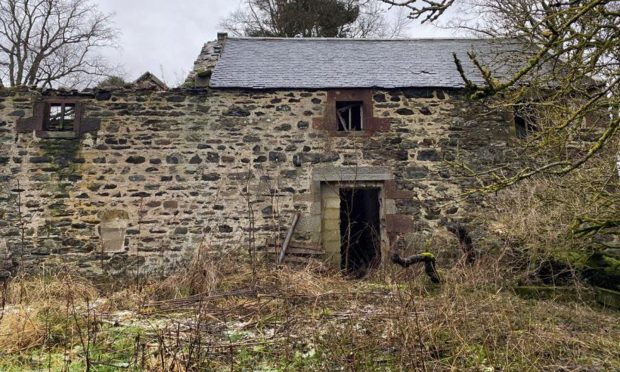
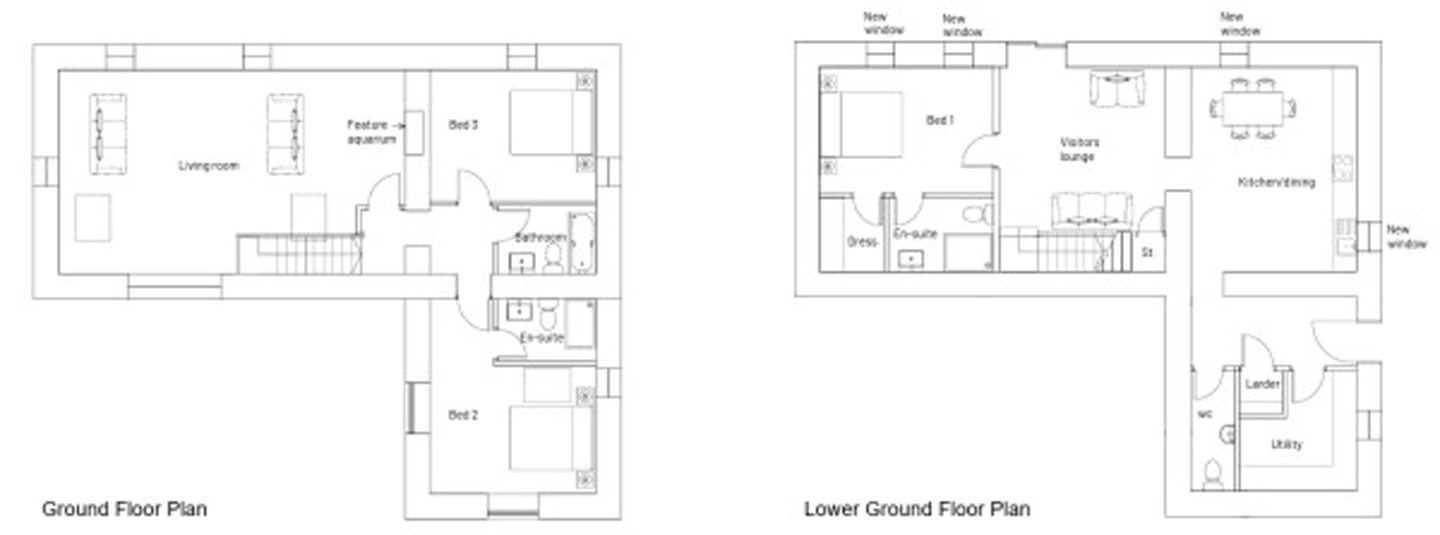
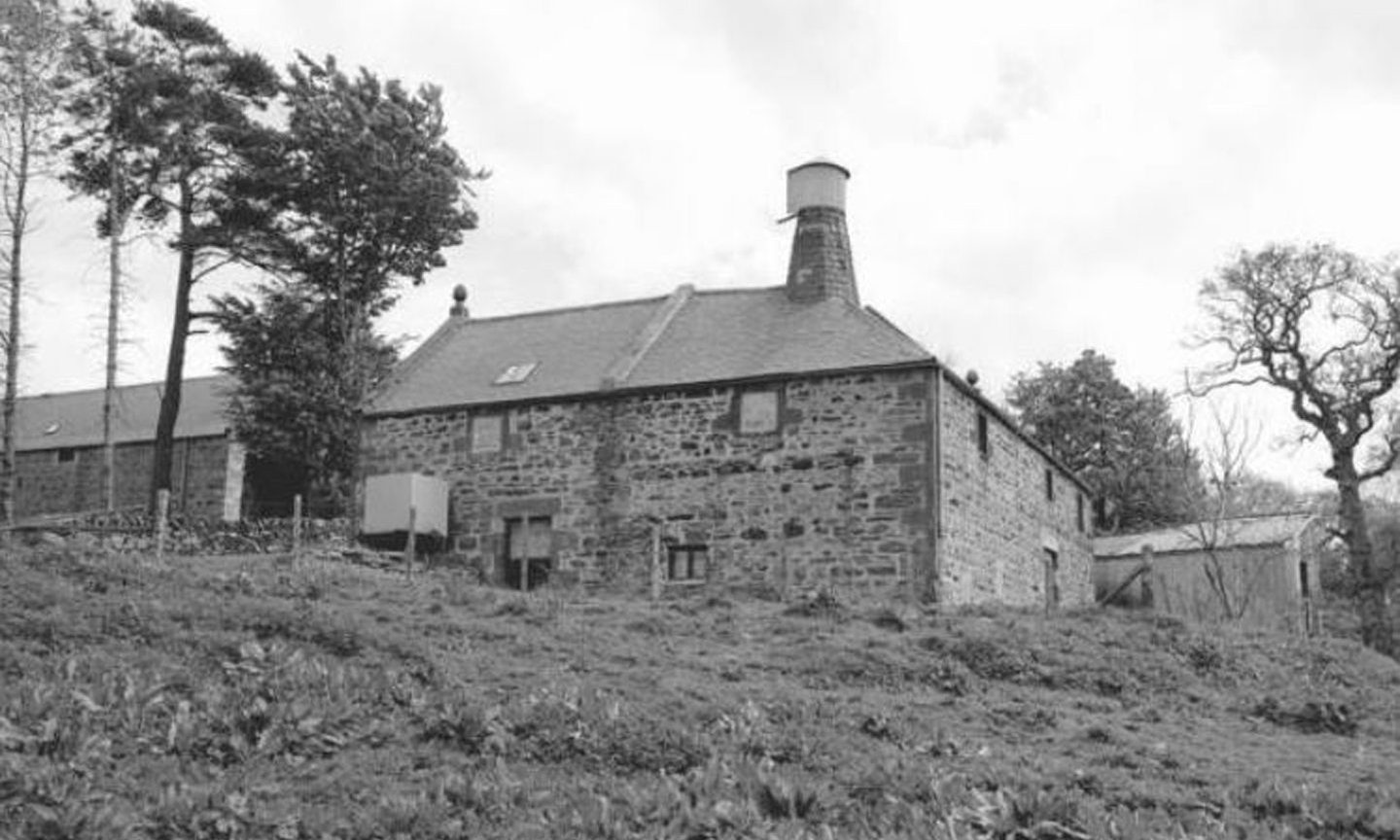
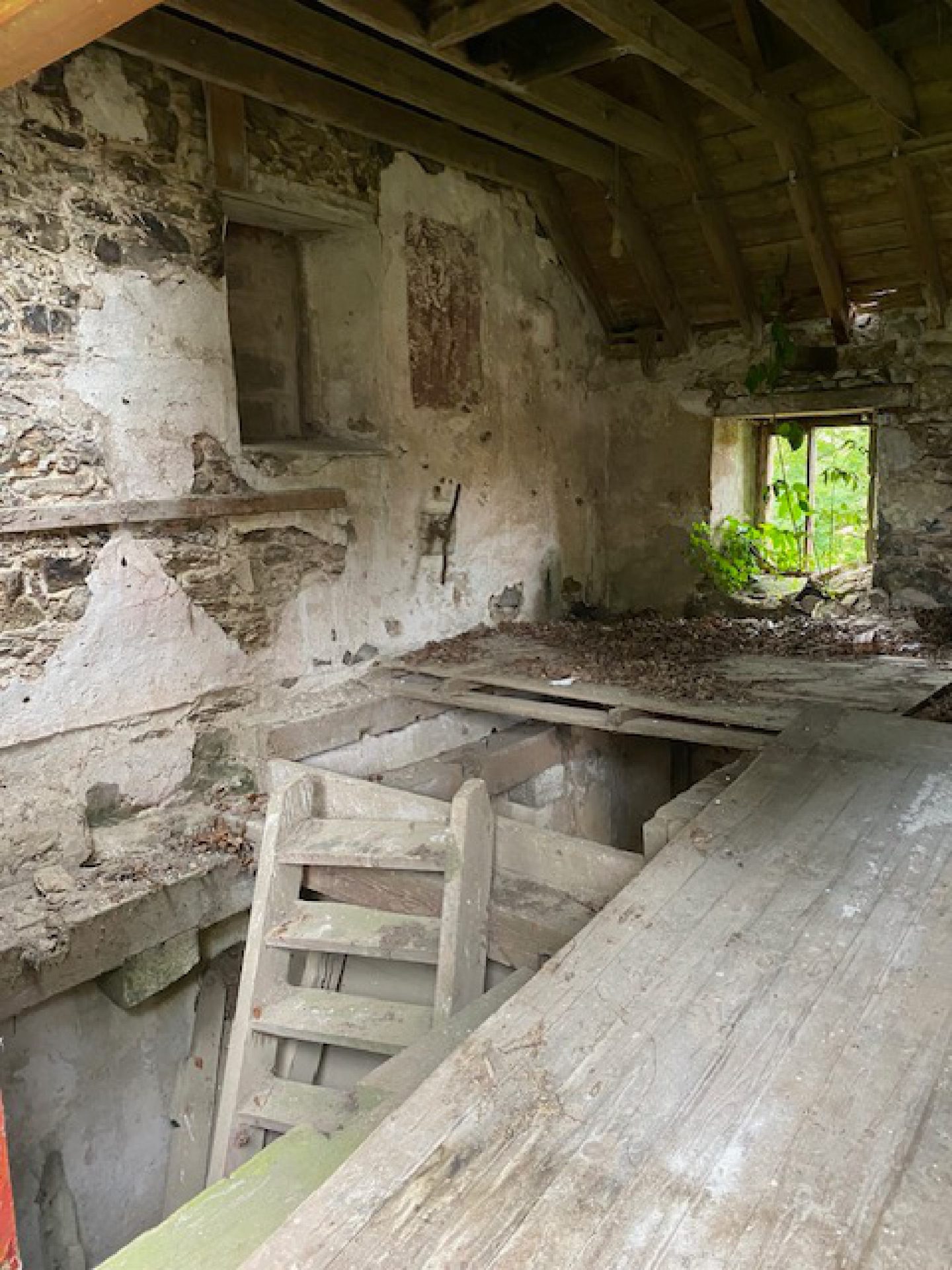
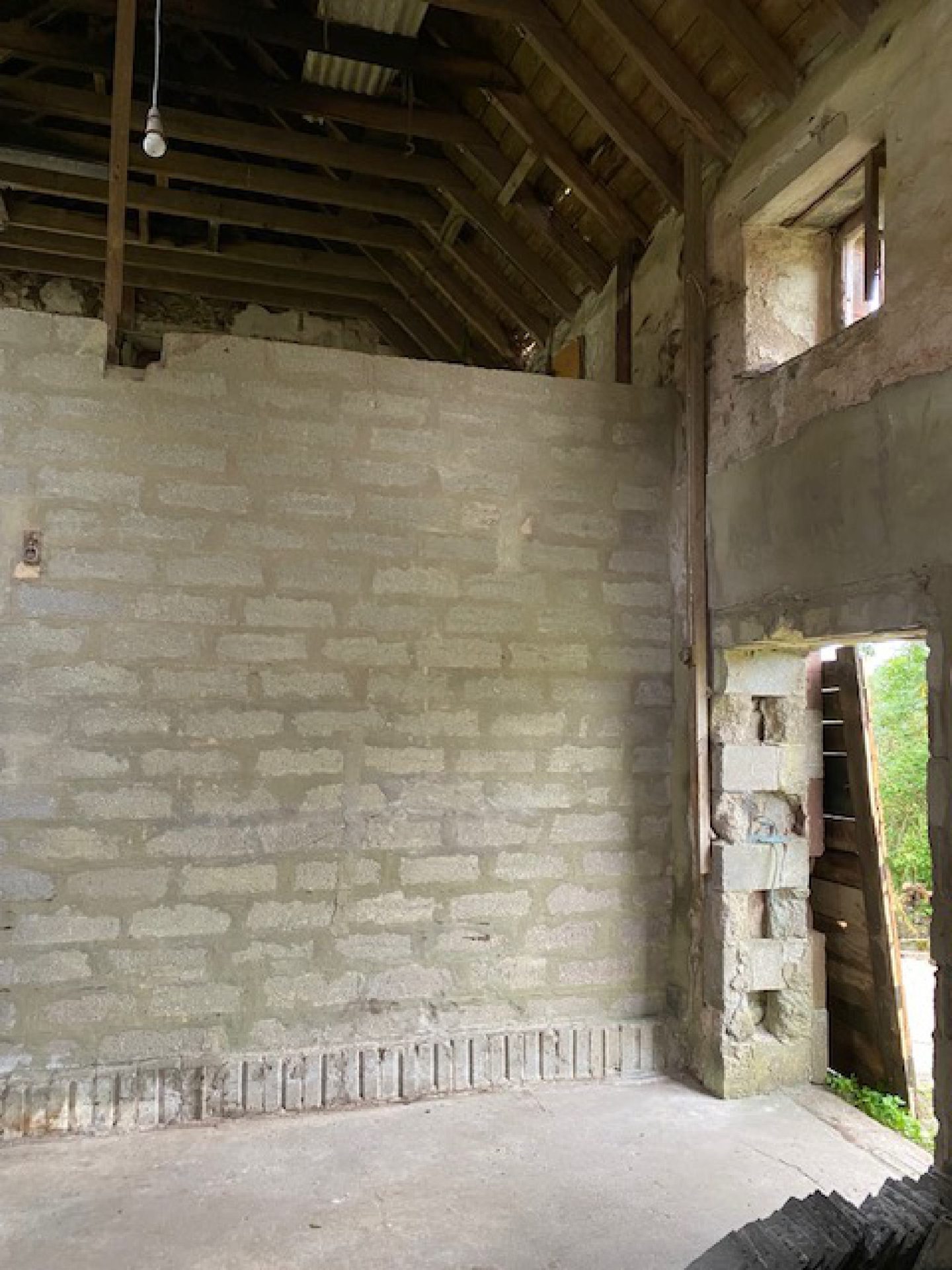
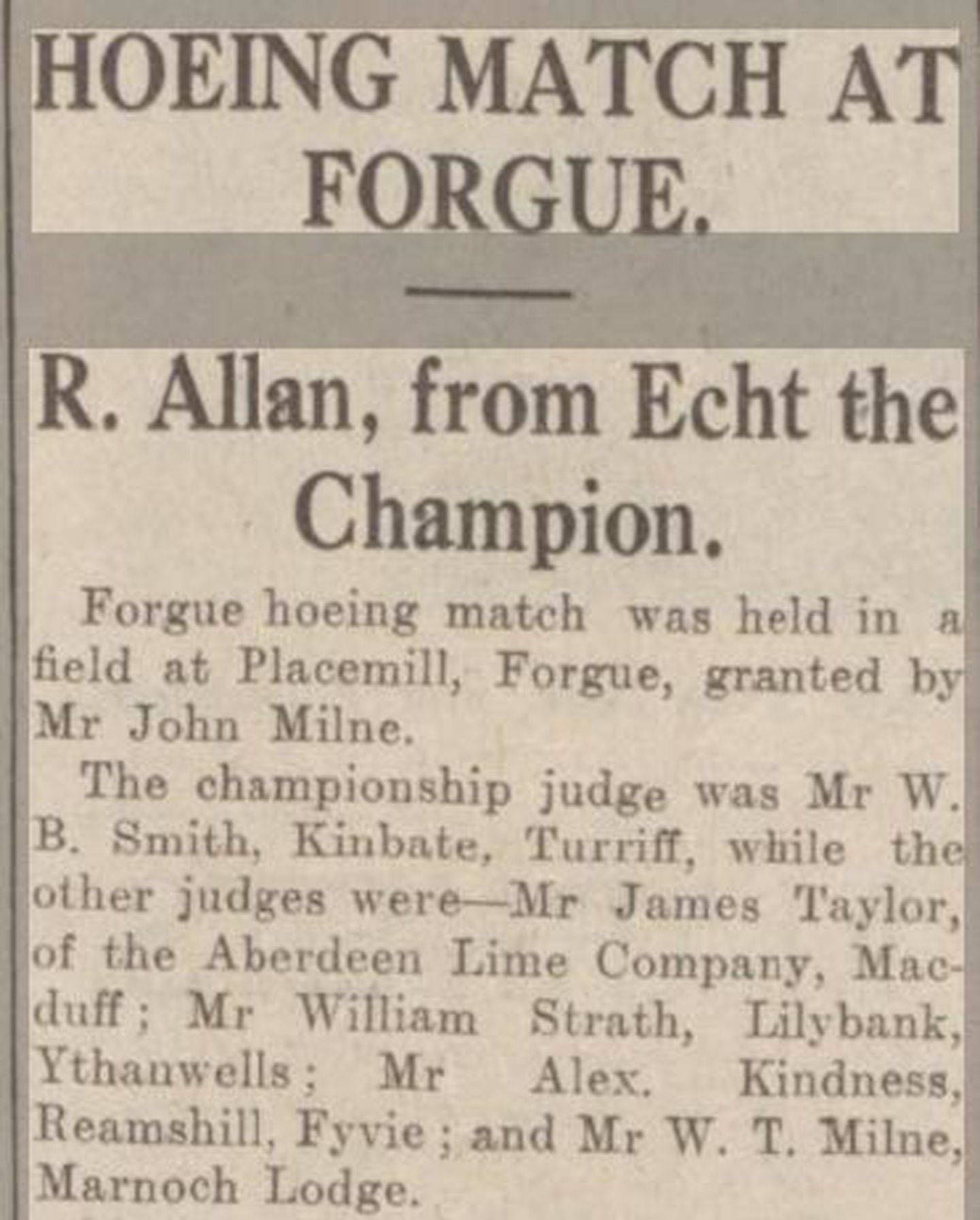
Conversation